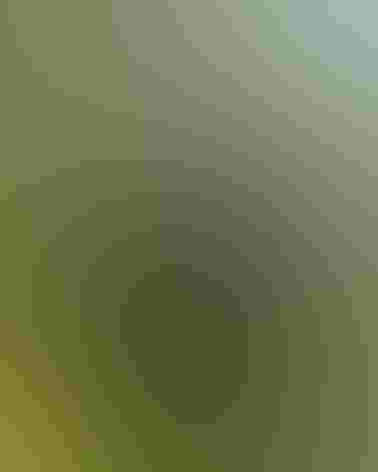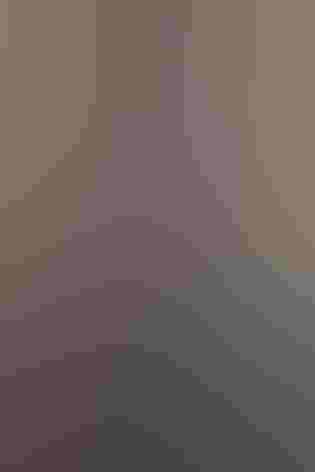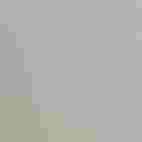Cooper’s Hawk
At a Glance
A medium-sized hawk of the woodlands. Feeding mostly on birds and small mammals, the Cooper's Hawk hunts by stealth, approaching its prey through dense cover and then pouncing with a rapid, powerful flight. Of the three bird-eating Accipitrine hawks, Cooper's is the mid-sized species and the most widespread as a nesting bird south of Canada.
All bird guide text and rangemaps adapted from Lives of North American Birds by Kenn Kaufman© 1996, used by permission of Houghton Mifflin Harcourt Publishing Company. All rights reserved.
Category
Hawk-like Birds, Hawks and Eagles
IUCN Status
Least Concern
Habitat
Arroyos and Canyons, Coasts and Shorelines, Fields, Meadows, and Grasslands, Forests and Woodlands, Shrublands, Savannas, and Thickets, Urban and Suburban Habitats
Region
California, Eastern Canada, Florida, Great Lakes, Mid Atlantic, New England, Northwest, Plains, Rocky Mountains, Southeast, Southwest, Texas, Western Canada
Behavior
Flap/Glide, Soaring
Population
1.000.000
Range & Identification
Migration & Range Maps
Found all year in much of its range, but northernmost breeders move south for winter. Migrates by day. Especially in the fall, migrating Cooper's Hawks often concentrate along ridges and coastlines in certain weather conditions.
Description
Female — Length: 17–18 in (42–45 cm); wingspan: 2 ft 5 in–2 ft 11 in (75–90 cm); weight: 12 oz–1 lb 8 oz (330–680 g). Male — Length: 15-16 in (37–39 cm); wingspan: 2 ft–2 ft 11 in (62–90 cm); weight: 8–14 oz (220–410 g). Adults blue-gray above, pale reddish below; young brown above, striped below. The Cooper Hawk is larger than the visually similar Sharp-shinned Hawk with a relatively bigger head, longer tail, and thicker legs. The tip of the tail is more rounded (can be hard to judge), and often shows a wider white tip than the Sharp-shinned. Adult Cooper's Hawks typically exhibit a more pronounced dark cap, while juveniles usually display sharper dark streaking on their white chests.
Size
About the size of a Crow, About the size of a Mallard or Herring Gull
Color
Black, Brown, Gray, Red, White, Yellow
Wing Shape
Broad, Rounded
Tail Shape
Long, Rounded
Songs and Calls
Loud cack-cack-cack-cack.
Call Pattern
Flat, Simple
Call Type
Chatter, Scream
Habitat
Mature forest, open woodlands, wood edges, river groves. The Cooper's Hawk nests in coniferous, deciduous, and mixed woods, typically those with tall trees and with openings or edge habitat nearby. Also found among trees along rivers through open country, and increasingly in suburbs and cities where some tall trees exist for nest sites. In winter, it may be found in fairly open country, especially in the west.
Sign up for Audubon's newsletter to learn more about birds like the Cooper's Hawk
Behavior
Eggs
3-5, sometimes 1-7. Pale bluish-white. Incubation is mostly by female, usually 34-36 days. Male brings food to female, and then incubates for a few minutes while female is eating.
Young
Female broods young during the first 2 weeks after they hatch; the male brings food, gives it to the female at the perch near the nest, and she feeds it to the young. Young may climb about in the nest tree after about 4 weeks, and can fly at about 4-5 weeks.
Feeding Behavior
Usually hunts by stealth, moving from perch to perch in dense cover, listening and watching, then putting on a burst of speed to overtake prey. Sometimes cruises low over ground, approaching from behind shrubbery to take prey by surprise.
Diet
Mostly birds and small mammals. The Cooper's Hawk feeds mainly on medium-sized birds, in the size range of robins, jays, flickers, and also on larger and smaller birds. Additionally, the Cooper's Hawk eats many small mammals, such as chipmunks, tree squirrels, ground squirrels, mice, and bats. Sometimes it eats reptiles and insects.
Nesting
In courtship (and occasionally at other times), both sexes may fly over territory with slow, exaggerated wingbeats. The male Cooper's Hawk feeds the female for up to a month before she begins laying eggs. Nest site is in a tree, either deciduous or coniferous, usually 25-50 ft above ground. Often placed on top of some pre-existing foundation, such as an old nest of a large bird or squirrel, or a clump of mistletoe. Nest (probably built by both sexes) is a bulky structure of sticks, lined with softer material such as strips of bark.
Conservation
Conservation Status
Cooper's Hawk numbers declined in the mid-20th century, possibly owing to the effects of DDT and other pesticides. There has been some recovery since, and numbers are probably stable in most areas.
Climate Threats Facing the Cooper's Hawk
Choose a temperature scenario below to see which threats will affect this species as warming increases. The same climate change-driven threats that put birds at risk will affect other wildlife and people, too.











